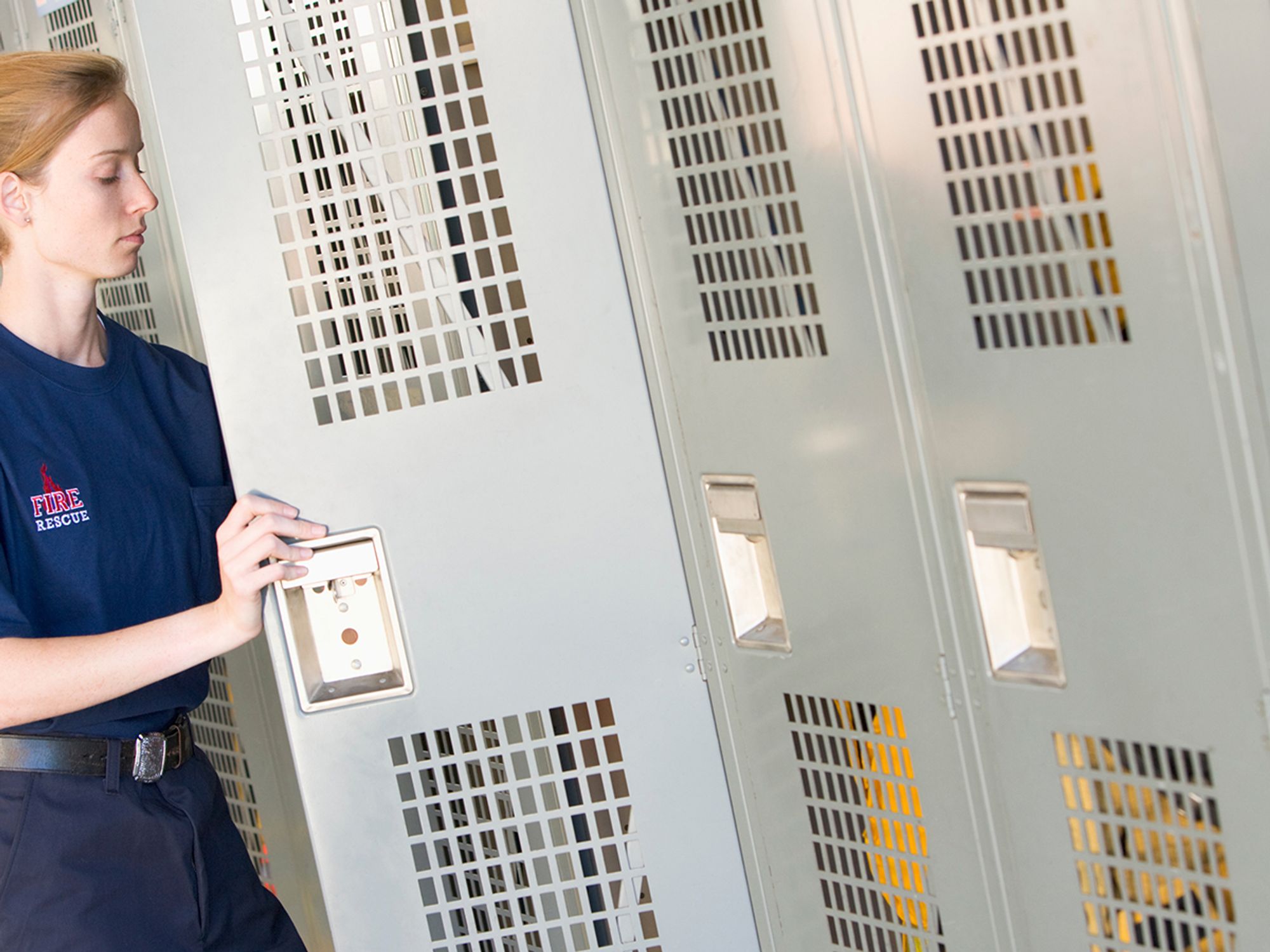Storage, inspection, and maintenance

- PPE and CPC should be stored according to manufacturer instructions, with potentially contaminated materials well separated from uncontaminated materials.
- Maintenance of PPE and CPC should only be attempted by qualified personnel.
Personal protective equipment (PPE) and chemical protective clothing (CPC) can literally mean the difference between life and death for their wearers, so it’s crucial to take care of them properly and make sure they are in excellent condition for each use.
Storage
PPE and CPC should be stored according to the manufacturer’s directions to prevent damage. If stored improperly, they could be exposed to dust, moisture, sunlight, chemicals, extreme temperatures, or impacts, which could cause them to fail when used.
To store PPE and CPC properly:
- Respirators should be taken apart, washed thoroughly, and disinfected prior to storage. They can be stored in their original cases, heat-sealed plastic bags, or resealable plastic bags.
- Clothing that is potentially contaminated should be stored in a separate area that is well-ventilated where it will not come into contact with street clothing.
- To prevent issuing the wrong items, clothing of different types and materials should be stored separately.
Inspection
Protective equipment and clothing should be inspected regularly. In fact, the first inspection happens when the items are received from the manufacturer or supply store, prior to being put into service.
Records should be kept each time an inspection occurs, documenting the item’s identification number if applicable, the date of inspection, the inspector’s name, and the condition of the item.
Other inspection times include when the equipment and clothing is issued for use, after use (even if only used for training), any time a problem or concern arises, and periodically while in storage.
Conditions to watch for when performing an inspection on PPE or CPC items include:
- Imperfect seams;
- Non-uniform coatings;
- Tears, cracks, punctures, or pinholes;
- Malfunctioning closures;
- Discoloration;
- Swelling or stiffness of material;
- Non-operational pressure relief valves in fully encapsulating suits;
- Loosened material around wrists, ankles, and neck; and
- Cracks, crazing, or fogginess on facepieces, goggles, or face shields.
If permeation of chemicals is suspected, CPC should be checked thoroughly inside and out for any signs of discoloration or degradation. With permeation, decontamination cannot remove the chemicals that have seeped into the fabric. These chemicals can continue to seep through and reach the inside of the clothing, where they will contaminate the next person who wears the CPC.
If any issues or concerns arise during inspection of PPE or CPC, the items of concern should be removed from service and either repaired if possible or discarded appropriately.
Care and maintenance
PPE and CPC should be handled with care to preserve their integrity. They should never be set down in dusty, dirty areas or left where they are exposed to elements like rain, direct sunlight, or extreme temperatures.
Employers’ PPE programs must cover the maintenance of PPE and CPC. Many manufacturers will only allow persons who are specifically trained and authorized to perform maintenance on their products.
There may be a specific person or department at a workplace with the knowledge, training, and authorization to perform maintenance, or items requiring maintenance may need to be sent to an authorized person or place offsite.
No one should attempt to perform maintenance on any PPE or CPC without the proper qualifications to do so.
